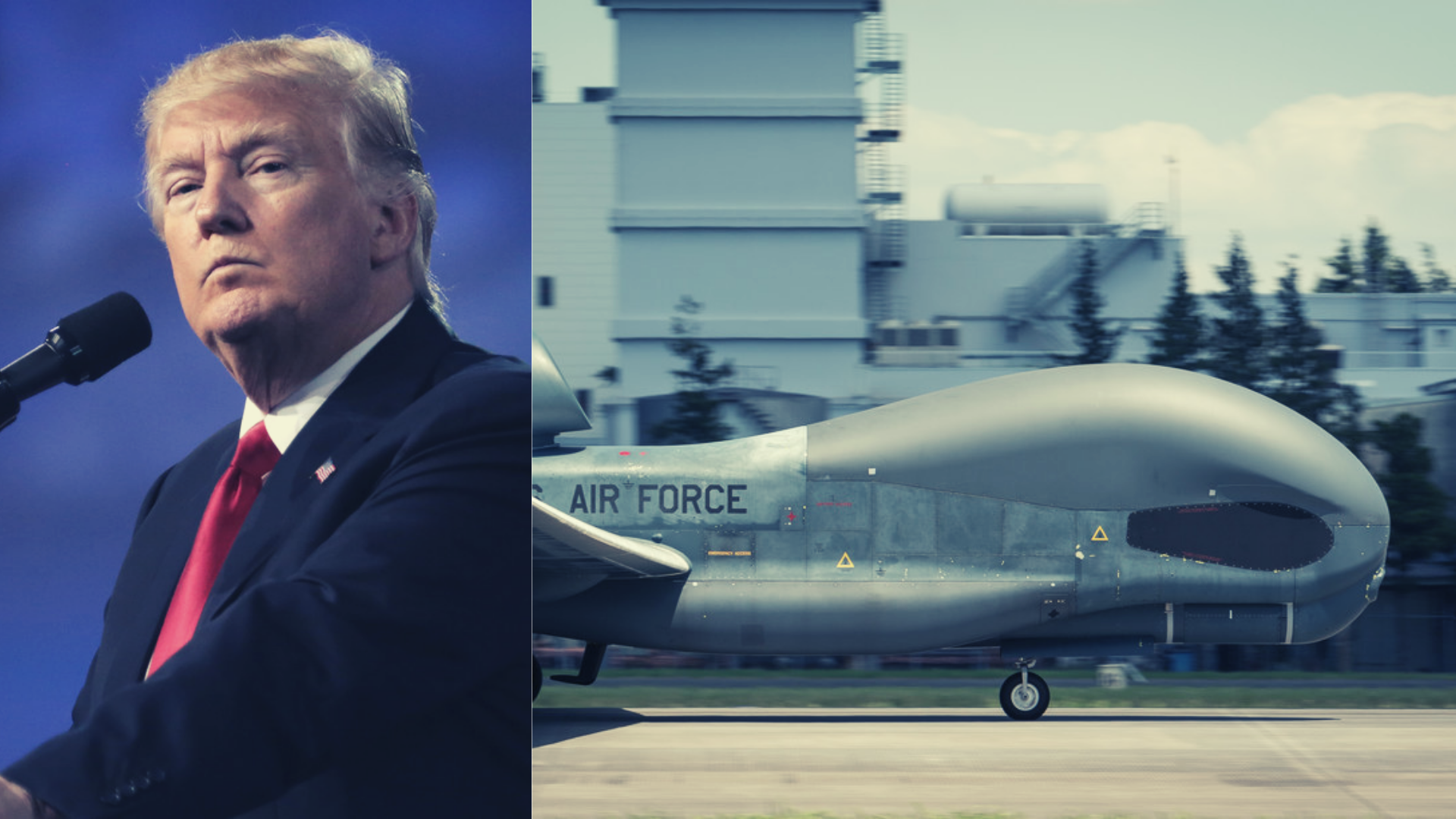Trump threatens to undermine arms control agreement to sell more armed drones

The Trump administration plans to reinterprets an arms agreement in order to sell more American military drones, three defense industry executives and a U.S. official told Reuters.
The Missile Technology Control Regime (MTCR), signed in 1987 by the U.S. and other states, was developed to counter the proliferation of missiles for the delivery of all types of weapons of mass destruction (WMD). As military drones have the ability to deliver WMDs, they have been part of the categories of controlled technologies.
Under the MTCR, the U.S. is currently limited to sell its military drones. Therefore, the US could not sell its military drones to nations such as Saudi Arabia, Jordan and the United Arab Emirates (UAE). US military drones fall in category I of the MTCR, which has the strictest rules of arms export. Last month, U.S. agencies agreed to classify the American military drones in a way they fall outside the classifications of the MTCR. It is expected the US State Department will approve the first drone sales under the renewed classifications this summer. Major American drone manufacturers Northrop Grumman and General Atomics are already informed by the Trump administration on the new interpretations.
As of at least 2017, U.S. policy makers have been considering modifying the interpretations of the MCTR to enlarge American military drone export. American drone manufacturers have pressured the U.S. administration to reinterpret the MTCR, as large military drone transfers shift to countries such as China, Turkey and Israel. They claimed it would be “unfair” for the U.S. not to be able to make these drone sales, while other countries can. Chris Cole of Drone Wars UK states however that this argumentation is wrong.
“The drones that China are exporting– the Rainbow and Wing Long series – do not breach Category I of the MTCR. Israel, although not a member of the MTCR, voluntarily abides by its provisions and so too does not export this capability. If the U.S. unilaterally breaches its MTCR commitments, it’s likely then that China and Israel would quickly follow suit by building and exporting drones with a larger weapons payload and this would have a significant negative impact on global peace and security,” Cole argues.
Moreover, Russia could undermine its longstanding compliance to MTCR as well.
Rachel Stohl, a weapons expert at the Stimson Center in Washington, rejects the defence industry arguments that the US needs to sell drones to strengthen its own security.“Once [American military drones] leave U.S. control, we lose our ability to influence how and where they are used,” Stohl explains. This means the military drones could be used for different ends or sold to various actors the U.S. is not allies with.
What is next for the International Standards on the use and export of armed drones?
The move by the Trump administration raises questions on other international efforts to address drone proliferation and concerns over their expanding (mis)use.
In 2017, the U.S., together with a core-group of states, started working on International Standards on the Export and Subsequent Use of Armed Drones, an initiative that could weaken existing standards on drone transfers. In December 2019, the Dutch Minister of Foreign Affairs alluded to this process in his speech at the Amsterdam Drone Week, recalling the need for stricter control as rapid drone proliferation could pose additional security risks.
PAX has urged States to develop a robust, legally binding instrument that address all the legal, political and export control concerns to improve protection of civilians against expanding use of remote violence.

